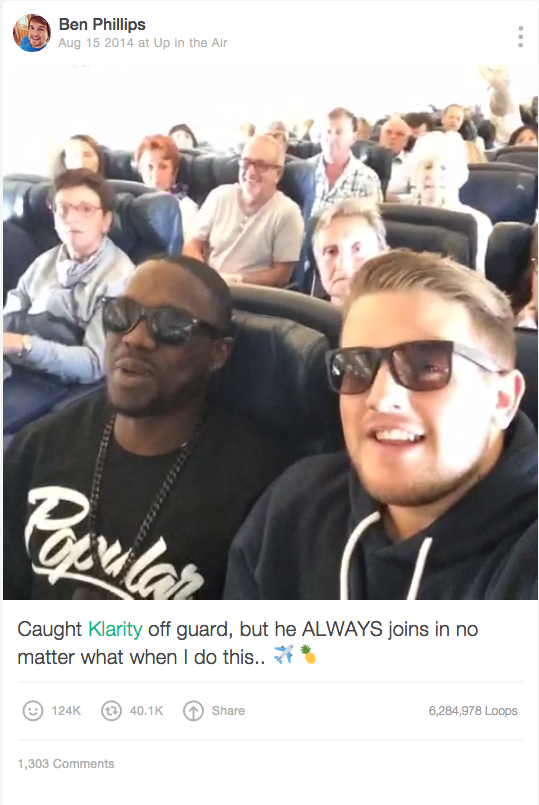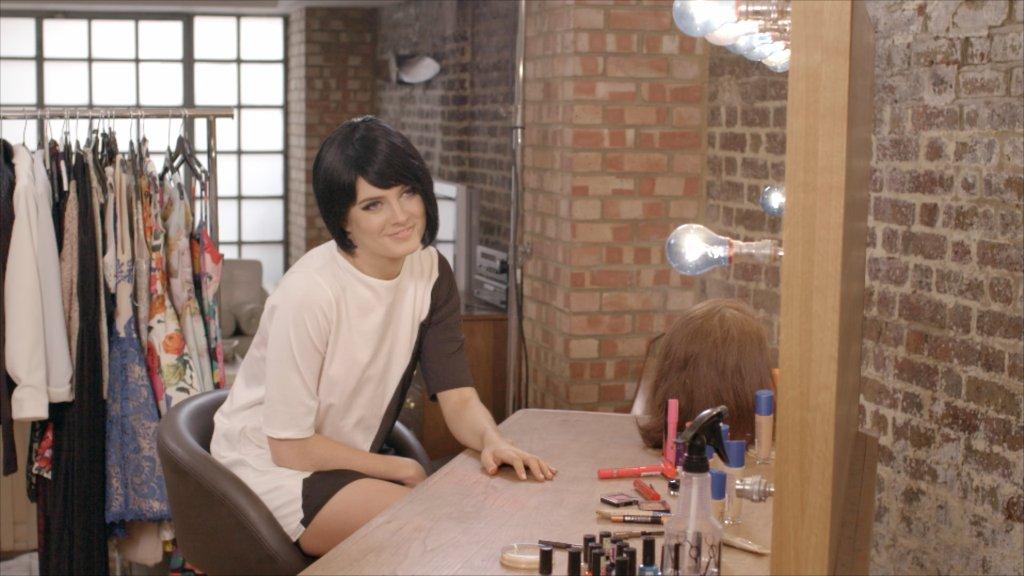As short-form videos become increasingly popular, what does this mean for broadcasters?
Paul McCartney, Justin Bieber and the Prime Minister are using apps including Vine and Instagram to get their short-form content out directly to audiences.
Now, as the debate on the reach of traditional television continues to gather pace, broadcasters are increasingly following in the footsteps of celebrities and social media stars in a bid to appeal to new audiences, particularly the coveted 16 to 24 demographic.
“We’re still in the experimental stage with all of this,” says Vicky Taylor, Commissioning Editor, Online, News and Current Affairs at Channel 4. “We’ve realised that your website becomes less of a destination because people are on different platforms. You have to be everywhere.”
With 88% of 16 to 24 year olds owning a smartphone, creating, viewing and sharing short videos is easier than ever before. Under 24s have carved out an online presence by making viral videos, and with a smartphone in almost every pocket, broadcasters can now communicate directly with a younger demographic through apps and social media.
Six second stars

Armed with just a smart phone and decent internet connection, teens and twenty-somethings are attracting viewing figures that broadcasters spend vast amounts of money and energy to secure.
Vine stars including Ben Phillips have over a million people following their light-hearted exploits on the social media app. Phillips, 22, from Cardiff balances making videos with a job at his family’s shoe shop. His videos starring his then-girlfriend’s three-year-old son Harley dispensing medical advice attracted international media coverage. More recently his videos have shown him playing pranks on his friends and KFC catering staff.
Jack-the-lad Daniel O’Reilly, better known by his alias Dapper Laughs, is the first of Britain’s Vine stars to use his microvideo success to springboard into TV. His ITV2 show, Dapper Laughs: On the Pull, is halfway through its six-episode run.
However, despite having over 582,000 followers on Vine and more than 1.6 million likes on Facebook, the second episode of his dating show pulled in just 173,000 viewers.
This stuttering start could be because Vine is still in its infancy, but the app has the potential to allow more British stars to emerge and diversify – like YouTube vlogger-turned Radio One presenter Zoella.
Shorts on demand
While ITV2 has been working on taking short-form and making it longer, Channel 4 has been doing the opposite.

This summer Channel 4 launched its Shorts hub which hosts programmes that are less than five minutes in length and exclusive to 4oD.
“The audience we’re addressing are young and watching on tablets, smartphones and laptops, where short videos seemed the most suitable content,” says Richard Davidson-Houston, Head of Online at Channel 4.
Made in Chelsea spin-off Educating Binky is unsurprisingly one of the most popular series on the hub, but Davidson-Houston is particularly pleased with the success of Tattoo Twists, as it has “neither an inheritance in terms of talent nor in terms of there being a popular TV show.”
“[A short] needs a great image, a great title and it needs to be something that you just can’t help but have a look at. Then it needs to deliver so you want to watch the next episode,” says Davidson-Houston, who is looking to commission a further 25 to 30 six-episode series for 2015.
Although Davidson-Houston says he is “super open-minded” about who he works with, he explains that his team are “not trawling YouTube for people to entice over.”
News in brief
The concise nature of short-form video means that it is increasingly being used by producers to share news updates. In addition to Vine and Instagram, broadcasters are now turning to chat apps to deliver news.
“There’s a big push at Channel 4 News now to try and reach a 16 to 34 audience,” says Vicky Taylor, whose team recently trialled using Snapchat to cover the final week of the Scottish referendum. The initial uptake was small, with about 5000 people registering for updates, but Taylor says substantial traffic was driven to the website and YouTube channel from the app.
For Mark Frankel, Assistant Editor of Social News at the BBC, using short-form media is less about targeting specific age groups and more about sharing the best of BBC content.
“The chat app market in the UK is growing, but relative to Singapore or the US [market], it’s still small,” says Frankel.
Nonetheless, his team launched the BBC News Instagram account at the beginning of this year, sharing a mixture of infographics and videos to over 77,000 followers. The team are also branching out into chat apps, including WhatsApp and Line, a Japanese social networking app.
The challenge ahead
Taylor, who targeted the 46% of British teens using Snapchat, sums up the long term challenge facing broadcasters: “Social media is evolving… you’ve just to find out where people are congregating and try and see if you can put your type of content there.”
Article by Pippa Shawley @PippaShawley
Film by Rebecca Stewart @bexstewart1

